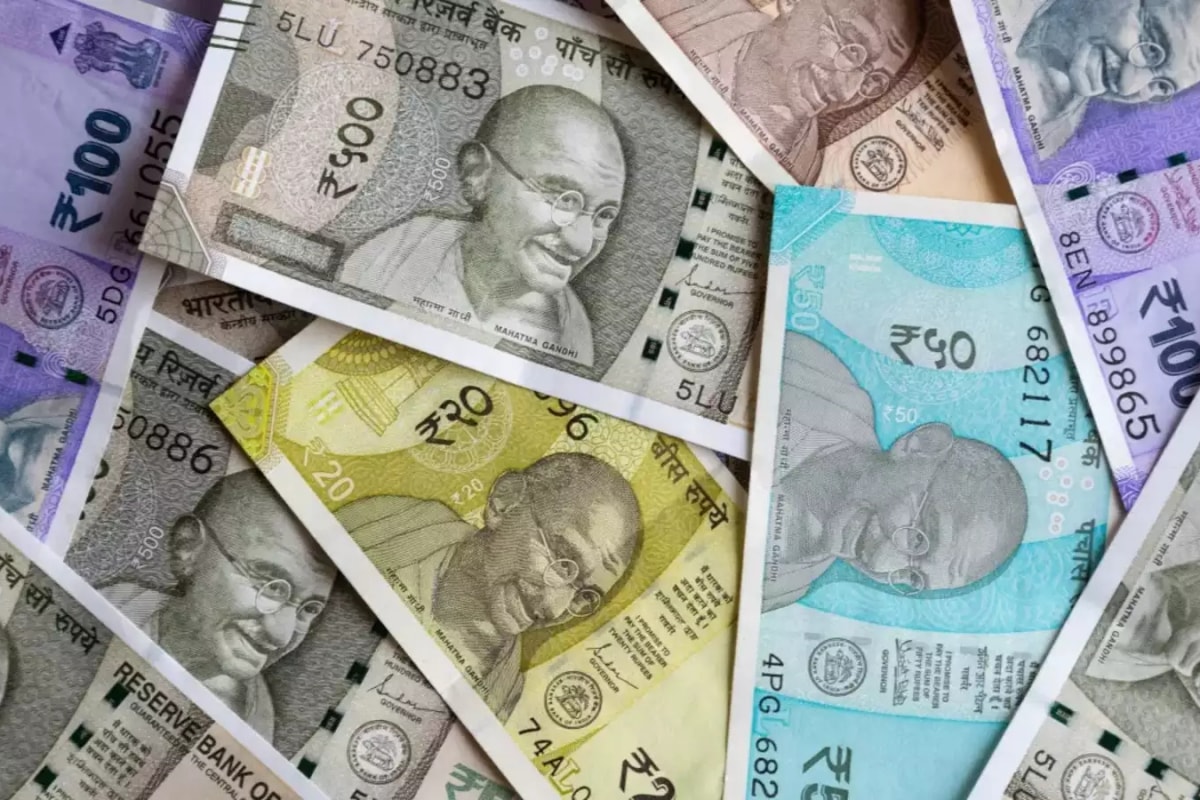
When prepping certain vegetables, we're often faced with inedible debris such as woody stems or papery husks. As much as we love the idea of a kitchen stocked with to the point where we keep any usable odds and ends in a , some food byproducts still just get chucked on the compost pile when we can't figure out what can be done with them. Until quite recently, this was the case with corn husks, but it turns out those can be put to good use even if you can't eat them.
What they're best for is using as a food-safe wrapper. Corn husks are used to wrap several . They are especially popular in tamales made in the United States, as they are often easier to come by than banana or plantain leaves.

They can also stand in for other types of leaves that wrap foods before steaming, such as the banana leaves used for the Filipino rice cakes called bibingka or the pandan leaves that typically wrap the Thai chicken dish gai hor ba toey. Yet another way you can employ corn husks is in place of the parchment paper used to cook chicken, fish, or vegetables en papillote. Technically, though, this dish would no longer be en papillote, since in French, the word usually refers to paper.
Instead, your dish will be cooked "en feuille de maïs," which somehow sounds even fancier. The cobs and silk can be repurposed, too While corn cobs (sans kernels) may not be edible on their own, they can actually be used to make soup stock. For every three cobs, pour about 4 cups of water into the pot and simmer everything for at least an hour.
You can also throw in the husks if you're not using them for other purposes. The corn broth will be super starchy, and it's good for cooking grains like rice or grits, as well as for using in soups. Try it in place of chicken broth for meat-free or use it to add some oomph to your favorite .
Corn silk, as it turns out, can be eaten, although a mouthful of the raw stuff may not be too appetizing. The Aztecs and Mayans were said to have made corn silk into tea for medicinal purposes, and it's still popular today in China and Korea for similar reasons. If you'd like to try it, submerge a tablespoon or so of clean, unblemished silk in a cup of boiling water.
Then strain the tea after it's had a chance to steep. It has a very mild taste, so you may want to add honey and lemon for flavoring. You could also dry your corn silk in a 200-degree Fahrenheit oven overnight and then fry it in oil to use as a crunchy, corny topping or a cute little nest for a poached egg.
Recommended.















